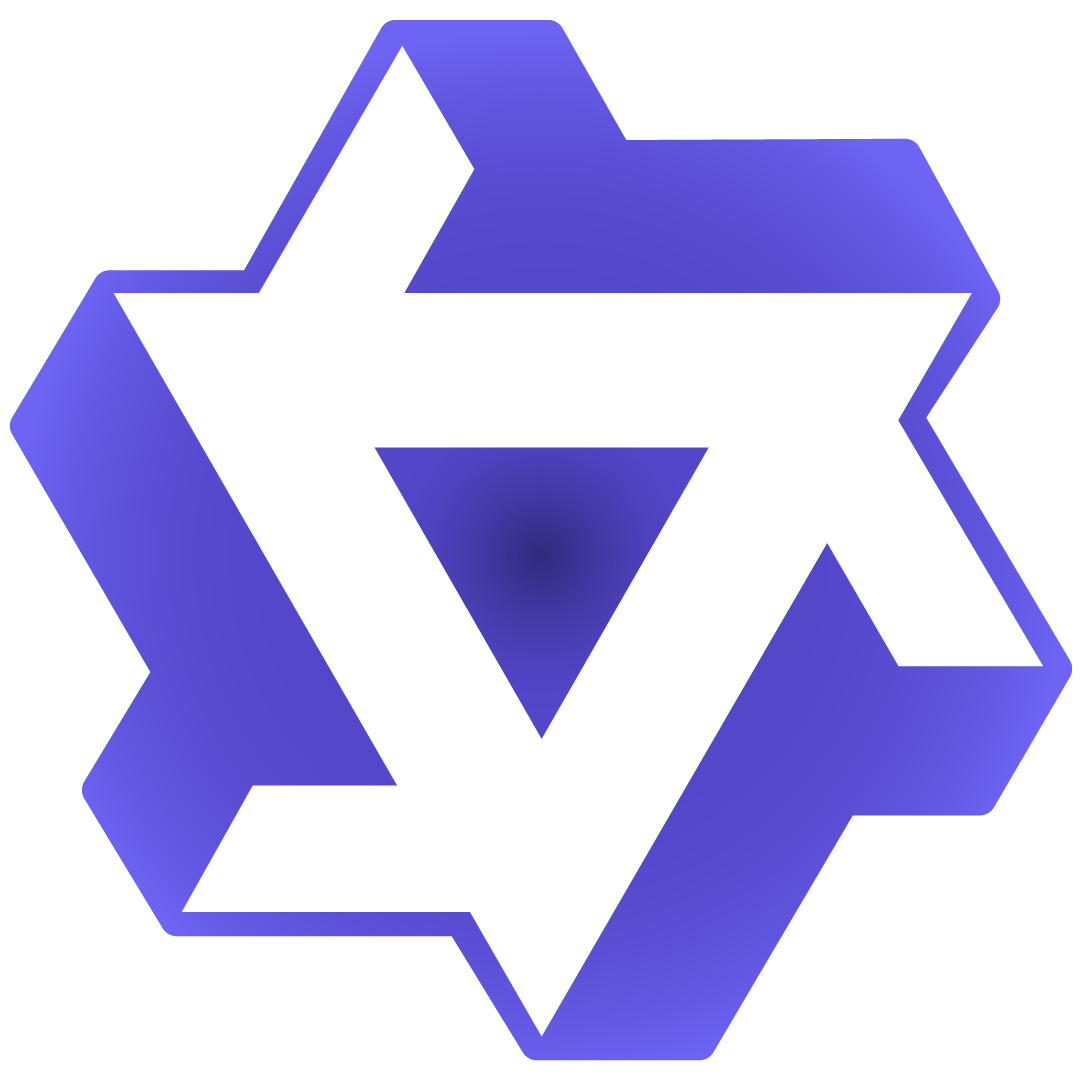What are Open Source LLMs for RAG?
Open source Large Language Models for Retrieval-Augmented Generation (RAG) are specialized AI models that combine the power of information retrieval with advanced text generation capabilities. These models excel at understanding context from external knowledge sources, processing large documents, and generating accurate, well-informed responses based on retrieved information. They enable developers to build intelligent systems that can access and synthesize knowledge from vast databases, making them ideal for applications like question-answering systems, research assistants, and knowledge management platforms.
DeepSeek-R1
DeepSeek-R1-0528 is a reasoning model powered by reinforcement learning (RL) that addresses the issues of repetition and readability. Prior to RL, DeepSeek-R1 incorporated cold-start data to further optimize its reasoning performance. It achieves performance comparable to OpenAI-o1 across math, code, and reasoning tasks, and through carefully designed training methods, it has enhanced overall effectiveness.
DeepSeek-R1: Advanced Reasoning for Complex RAG Tasks
DeepSeek-R1-0528 is a reasoning model powered by reinforcement learning (RL) with 671B parameters and 164K context length, making it exceptional for complex RAG applications. The model addresses repetition and readability issues while delivering performance comparable to OpenAI-o1 across math, code, and reasoning tasks. Its massive context window and sophisticated reasoning capabilities make it ideal for processing large document collections and generating comprehensive, well-reasoned responses in RAG systems.
Pros
- Exceptional reasoning capabilities with RL optimization.
- Massive 164K context length for large document processing.
- Performance comparable to OpenAI-o1 in complex tasks.
Cons
- Higher computational requirements due to 671B parameters.
- Premium pricing reflects advanced capabilities.
Why We Love It
- It delivers state-of-the-art reasoning performance with an extensive context window, making it perfect for sophisticated RAG applications that require deep understanding and complex information synthesis.
Qwen/Qwen3-30B-A3B-Instruct-2507
Qwen3-30B-A3B-Instruct-2507 is the updated version of the Qwen3-30B-A3B non-thinking mode. It is a Mixture-of-Experts (MoE) model with 30.5 billion total parameters and 3.3 billion activated parameters. This version features key enhancements, including significant improvements in general capabilities such as instruction following, logical reasoning, text comprehension, mathematics, science, coding, and tool usage.

Qwen3-30B-A3B-Instruct-2507: Efficient Long-Context RAG Processing
Qwen3-30B-A3B-Instruct-2507 is a Mixture-of-Experts (MoE) model with 30.5 billion total parameters and 3.3 billion activated parameters, offering exceptional efficiency for RAG applications. With its impressive 262K context length and enhanced capabilities in instruction following, logical reasoning, and text comprehension, this model excels at processing extensive document collections. The model's long-tail knowledge coverage across multiple languages and superior alignment with user preferences make it ideal for diverse RAG use cases requiring comprehensive document understanding.
Pros
- Exceptional 262K context length for extensive document processing.
- Efficient MoE architecture with only 3.3B active parameters.
- Enhanced instruction following and logical reasoning capabilities.
Cons
- Non-thinking mode only, without reasoning chains.
- May require optimization for specific domain knowledge.
Why We Love It
- It offers the perfect balance of efficiency and capability with an ultra-long context window, making it ideal for RAG applications that need to process massive document collections while maintaining cost-effectiveness.
openai/gpt-oss-120b
gpt-oss-120b is OpenAI's open-weight large language model with ~117B parameters (5.1B active), using a Mixture-of-Experts (MoE) design and MXFP4 quantization to run on a single 80 GB GPU. It delivers o4-mini-level or better performance in reasoning, coding, health, and math benchmarks, with full Chain-of-Thought (CoT), tool use, and Apache 2.0-licensed commercial deployment support.

openai/gpt-oss-120b: Open-Weight Excellence for RAG Applications
openai/gpt-oss-120b is OpenAI's open-weight large language model with ~117B parameters (5.1B active), specifically designed for efficient deployment and exceptional RAG performance. Using a Mixture-of-Experts (MoE) design with MXFP4 quantization, it can run on a single 80 GB GPU while delivering o4-mini-level performance. With full Chain-of-Thought (CoT) capabilities, tool use support, and Apache 2.0 licensing, this model is perfect for commercial RAG deployments that require reliable reasoning and comprehensive knowledge synthesis.
Pros
- Efficient deployment on single 80 GB GPU with MoE design.
- o4-mini-level performance in reasoning and benchmarks.
- Full Chain-of-Thought and tool use capabilities.
Cons
- Smaller context length compared to specialized long-context models.
- May require fine-tuning for domain-specific RAG applications.
Why We Love It
- It combines OpenAI's proven architecture with open-source flexibility, offering excellent RAG performance with efficient deployment options and commercial licensing freedom.
RAG LLM Model Comparison
In this table, we compare 2025's leading open source LLMs for RAG applications, each with unique strengths. DeepSeek-R1 offers unmatched reasoning capabilities with the longest context window, Qwen3-30B-A3B-Instruct-2507 provides efficient processing of massive documents, and openai/gpt-oss-120b delivers proven performance with commercial flexibility. This side-by-side view helps you choose the right model for your specific RAG implementation needs.
| Number | Model | Developer | Subtype | Pricing (SiliconFlow) | Core Strength |
|---|---|---|---|---|---|
| 1 | DeepSeek-R1 | deepseek-ai | Reasoning Model | $2.18/$0.5 per M tokens | 164K context + advanced reasoning |
| 2 | Qwen3-30B-A3B-Instruct-2507 | Qwen | Mixture-of-Experts | $0.4/$0.1 per M tokens | 262K context + efficiency |
| 3 | openai/gpt-oss-120b | OpenAI | Mixture-of-Experts | $0.45/$0.09 per M tokens | Commercial license + CoT |
Frequently Asked Questions
Our top three picks for RAG applications in 2025 are DeepSeek-R1, Qwen/Qwen3-30B-A3B-Instruct-2507, and openai/gpt-oss-120b. Each of these models excels in different aspects of RAG: advanced reasoning capabilities, efficient long-context processing, and commercial deployment flexibility respectively.
For complex reasoning over large documents, DeepSeek-R1 excels with its advanced reasoning capabilities and 164K context. For cost-effective processing of massive document collections, Qwen3-30B-A3B-Instruct-2507 offers the best value with 262K context length. For commercial deployments requiring proven reliability, openai/gpt-oss-120b provides the ideal balance of performance and licensing flexibility.
